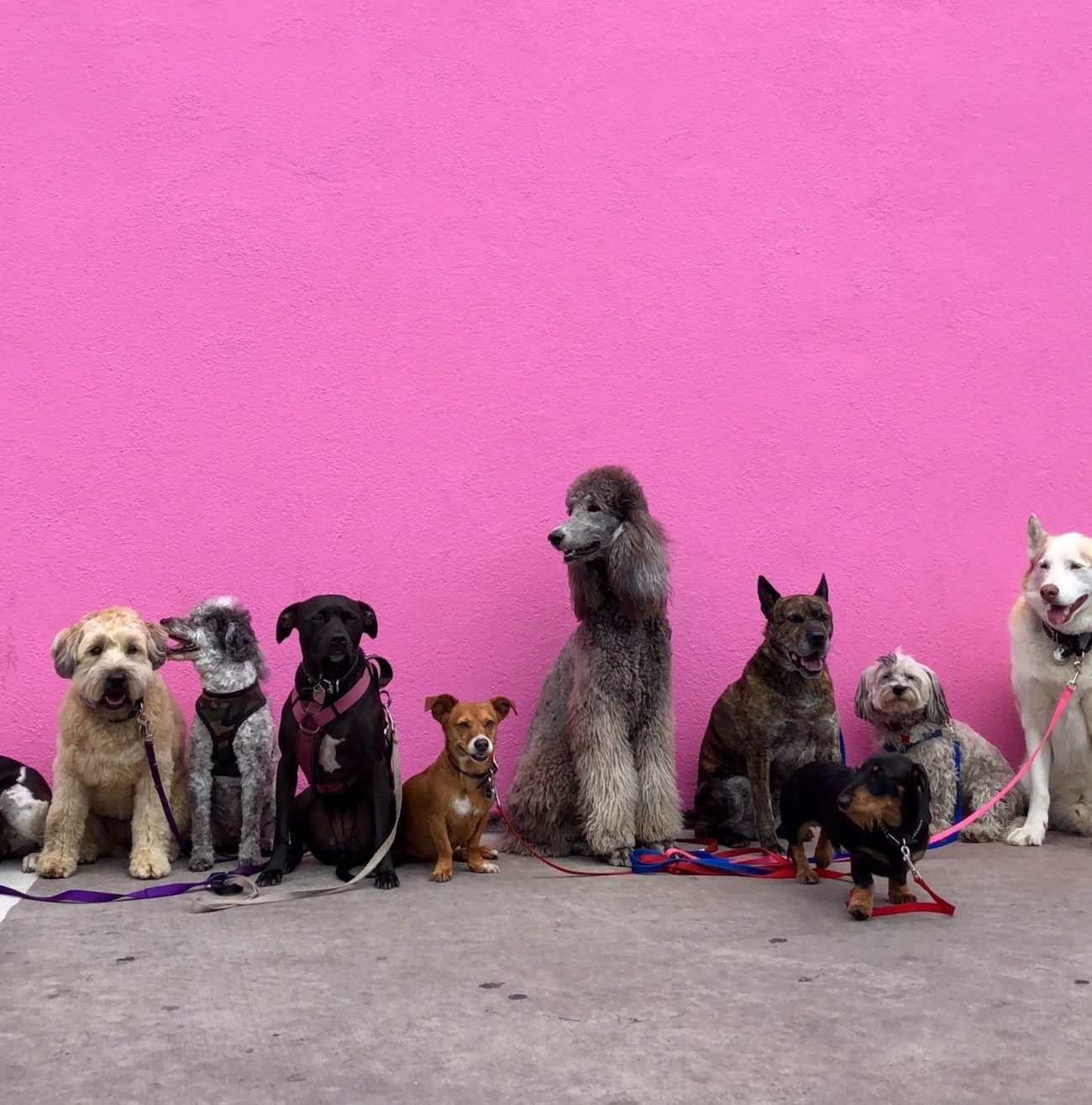Sun’s out, dogs are out!
Over summer more dog owners are out and about in busy places. Everyone has a responsibility when it comes to being safe around dogs. Dog owners have legal responsibilities and the public has the responsibility to learn appropriate ways to approach a dog. Always ask permission from the dog owner before fussing a dog.
If you or your child is given permission to pat a dog, always be gentle and pat or stroke the dog under the chin. Dogs can perceive a pat on top of the head as threatening and can get scared and react badly, even with dogs that you know it is always best to approach them in this way.
Dogs in cars
Although we don’t recommend leaving your dog inside your car during the summer, if you choose to do so make sure that your dog is tethered with a dog seatbelt. This way, if something or someone outside the car attracts the dog they can’t escape out the window. Depending on the style, it may also protect your dog in a car crash. Dog seatbelts can be found online, at large pet stores or your Vet might sell them.
To find out more about dog owner responsibilities, visit our website.
Scroll for some more dog safety tips:
Never leave a child alone with a dog, even if it is one you know
Around a third of all dog attacks in New Zealand are on children under 12 years of age. Over 70 per cent of bites are from a dog the child knows and loves. Always supervise the interaction between dogs and children.
Many dogs seem to tolerate children handling them because they try to be well-behaved. It is up to the dog owner and the parent to recognise and intervene when a dog might not want to play, even if the dog is good-natured enough to allow it.
Never approach a dog without permission
This applies to adults as well as children. A dog tied up outside a shop, or watching you over your neighbour’s fence, may not be as friendly as it looks.
Dogs feel more vulnerable when tied up. Unless you know the dog and can read the dog, it is safer not to approach it. Most dogs don’t want to bite but do so because they tried to protect themselves in other ways.
Know how to react if a dog approaches you when walking, cycling, on a scooter, or a skateboard
Even calm dogs can be reactive to the noise and movement of people on things with wheels.
- If it’s safe, you can cross to the other side of the road, otherwise;
- STOP. Stand still and allow the dog to sniff you. Move slowly and speak softly as quick movements, wheel noises and loud voices can scare a dog.
- Avoid looking directly at the dog, which it may perceive as threatening. Never run away or keep moving, as the dog’s instinct is to chase, even if it is friendly.
- Use firm and simple commands in a calm voice such as “no”, “stay” or “down”.
- Know how to read a dog’s behaviour and body language
The best protection for you and your children is to understand when a dog might be a risk. Being able to read body language gives you a better idea of what the dog is thinking, so you can act appropriately. Often, after someone gets bitten by a dog, they say that the dog gave no warning. In most circumstances, the dog tried very hard to ask the person to leave them alone, such as:
- eye rolling,
- yawning,
- lip-licking,
- barking,
- growling, or
- simply turning away
Unfortunately, because most people are unaware of these signs, the dog feels it has no other choice but to bite.
Photo by Hannah Lim on Unsplash

